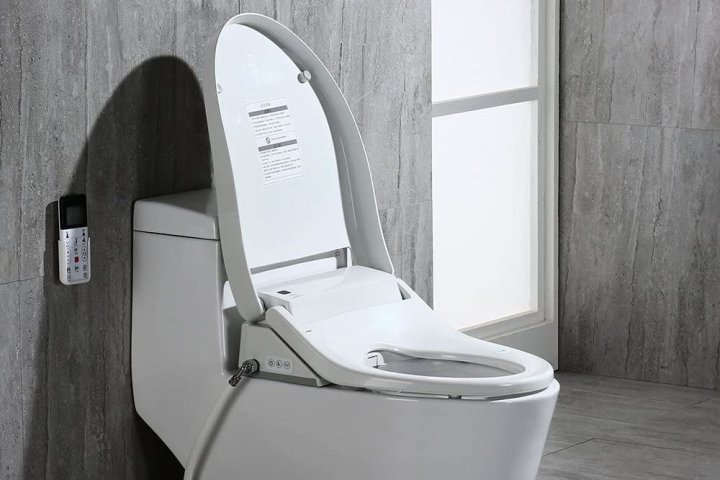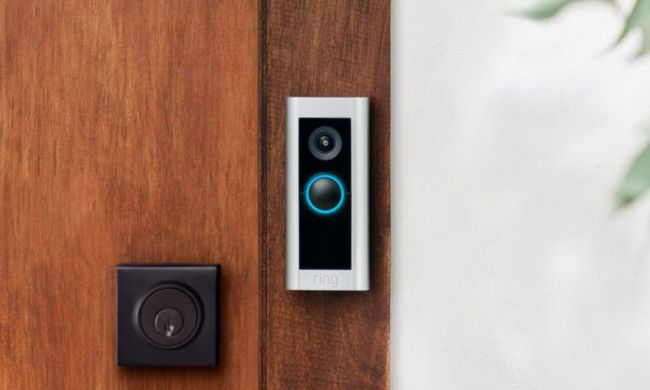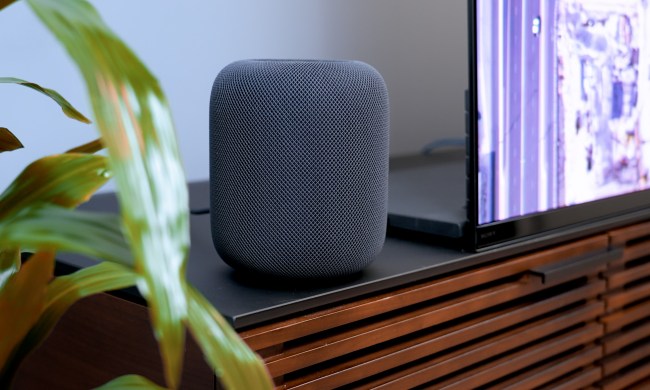The final frontier: The bathroom. The mission: To boldly go where few smart home devices have gone before.
There are dozens of dedicated smart home devices for the kitchen and bedroom, and hundreds for the living room, but there’s a distinct lack of smart devices for the bathroom. Why? Well, the answer is probably pretty obvious to most people.
There are some rooms in the house where you want to be left alone. The bathroom is one of them. The last thing you want when you’re in there is a chime followed by a delivery announcement, or one of your children using the broadcast feature to speak to you. Still, the bathroom holds a lot of potential for smart technology, but it needs to be the right technology.
The bathroom is a private space
Let’s face it: The bathroom is where we go to do things we don’t talk about in civilized company. It’s a necessary part of being human, and we are hardwired to want privacy in that space. The idea of putting a device with a camera or a microphone in the bathroom is unsettling on a visceral level.
Imagine if you went to a dinner party and stepped away to freshen up, only to discover a Nest Hub Max on the bathroom sink, its camera pointed at you as you washed your hands. It might be the last time you went to dinner at that particular house.
The idea of putting a device with a camera or a microphone in the bathroom is unsettling on a visceral level.
A smart speaker might earn a spot in a bathroom for playing music during a long bubble bath, but the majority of existing smart home technology doesn’t fit in a bathroom without giving us a serious case of the willies. So, what kind of smart tech would conquer the bathroom? Easy: Smart health and safety tech.
Bidets and scales and smart toilets, oh my
The bathroom is ground zero for any health-focused endeavors. It’s where we brush our teeth, where we keep our scales, and where most people have their medicine cabinets. Smart scales have already made a place for themselves, with options like the Wyze Scale S earning a home in our bathrooms for the detailed health information they provide.
Smart lights are good options for bathrooms, too. They’re LED, so they are less likely to fracture from moisture on a hot bulb versus old-school halogen or fluorescent bulbs. Smart plugs are great for their ability to ensure hair straighteners and other appliances are turned off.
So what kind of smart devices are left that actually make sense to use in a bathroom? Admittedly, not many — but you can’t forget about bidets and smart toilets. Often, they overlap.
Bidets are common across the rest of the world, but they haven’t quite caught on in the West. I speak from personal experience when I say that a bidet can be quite the experience if you aren’t expecting it (I apologize to all the people I frightened in that Tokyo bathroom.) So why haven’t they caught on here?

According to Miki Agrawal, founder and chief creative officer of Tushy, “the biggest challenge with widespread bidet adoption in the U.S. is definitely the cultural stigma. Other cultures have been using bidets for centuries, but we’ve been led to believe that toilet paper does the job. In reality, all it does it cost us money every month (to the tune of billions of dollars per year), kill millions of trees and cause chronic infections and diseases down there, like UTIs, hemorrhoids. and fissures.”
There’s also the idea that bidets are hard to install, but they actually aren’t. Sure, it takes a little bit of finagling with water lines, but anyone that has ever installed a video doorbell or a smart lock can install a bidet.
If you’re looking for a way to cut back on toilet paper usage and reduce your carbon footprint, a bidet is a step in the right direction. So what comes after that? Well, how about a toilet that analyzes your poop and tells you what’s wrong with your diet?

Toto proposed a conceptual Wellness Toilet in early 2021 that would provide users with health advice based on what they flushed down the drain. For example, it might detect that you don’t eat enough fiber and suggest a dietary change. Gross as it may be, fecal matter is chock-full of information about your body. Doctors can use it to identify signs of disease. If your toilet gathered that information for you so that you could just show the app to your doctor, it might eliminate the need for uncomfortable visits to small rooms with plastic containers.
We need to embrace the discomfort
The fact that even discussing the uses of technology in the bathroom makes many people uncomfortable is just another hurdle that must be overcome. If smart home technology is going to take over every room of the home — including the bathroom — then we need to get comfortable with being uncomfortable.
A lot of good can come from smart technology, especially health-focused tech. Imagine a smart toilet and smart scale that worked together with each other. You could start a muscle-building regimen and track your body composition on the scale and how accurately you were hitting your macros on the toilet.
If smart home technology is going to take over every room of the home — including the bathroom — then we need to get comfortable with being uncomfortable.
Smart bathroom technology can even be used to reduce water usage. Smart showers make it easy to achieve the perfect temperature each and every time, while smart water valves reduce overall flow without impacting cleanliness.

A smart toothbrush can help you attain better oral health. Smart medicine distributors can ensure elderly family members get the right medicine at the right time. Smart mirrors can display weather information, the news, and more while you get ready (although the same can be accomplished with a smart display in another room.)
We joke a lot, but smart bathroom technology isn’t just about improving heinie hygiene. It’s about improving health — both your own, and that of the environment.



